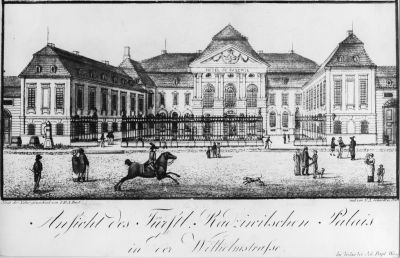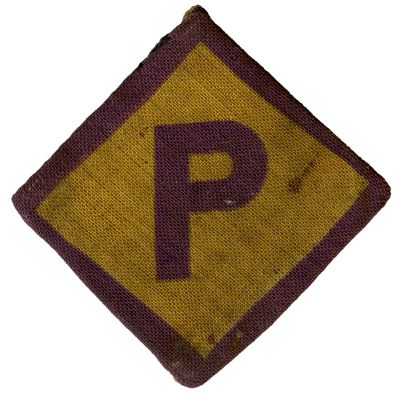German ‘Polenbegeisterung’ 1830

There is a long tradition of interest and sympathy for the sufferings of Poland beginning with the divisions of 1772. This tradition is particularly connected with the “friend of Poland” Karl von Holtei from Breslau. His musical “The Old General” (1825) and his famous saying “Do you think about it, my courageous Lagienka…” He not only followed the revolutionary tradition of France in the person of Napoleon, but transferred and associated it with the fate of the Polish freedom fighter Tadeusz Kościuszko. Here tragedy and the will to freedom united themselves with the fate of Poland after the three divisions, above all after the November uprising in 1830.
The Polish people had been repressed and their uprising was quickly recognised in Germany as part of a freedom movement throughout Europe. The Polish people gave the signal for the fight for freedom against repression. In the pre-March 1848 era Germans saw the Pole’s struggle as a symbol of their own yearning for freedom A popular illustrated broadsheet published in Nuremberg by Johann Andreas Endter included the events in Poland amongst other European uprisings which started with the July Revolution in Paris and spread like fire via Brussels to end in Russian-occupied Warsaw. The general public in Germany showed its sympathy from the start. Even when the popular picture papers in the Prussian area – like the illustrated broadsheet from Neuruppin in Brandenburg – kept their commentaries reticent and only documented the warlike events, it was not long before messages of sympathy were being shown throughout all parts of the German states: and these were registered in Poland.
The appeals for solidarity appeared in anonymous flyers because the authors were afraid of censorship as a result of the Carlsbad Decrees. Thus one anonymous “Silesian soldier” called on “Silesian and Prussian comrades” not to fight against the Polish patriots of a “civilised nation”. The heroic Polish resistance to the czarist global power Russia was on many occasions compared with the struggle between David against Goliath. The Poles’ courageous opposition to a European world power was given even more strength by the knowledge that the two armies were completely unequally equipped. Here the Polish peasants’ scythes had been re-forged to make side-arms and these simultaneously symbolised the unequal battle and the will to freedom of the “common man” in the popular uprisings. 40 years previously the legendary uprising of Tadeusz Kościuszko had already laid the ground for the Germans’ image of Poland as a courageous country.
The speedy spread of news about the fall of Warsaw on 8th September 1831 to the Russian invaders and the subsequent sufferings of the population, all helped to bolster sympathy in Germany. The headlines on 15 September in the Munich journal Der deutsche Horizont read: “The Russians have invaded Warsaw on 8th September! On 8th September 17 people died from cholera in Berlin! Despotism has been victorious; freedom has come to an end! Woe! Woe! Woe!” The fate of the Polish elite, soldiers, officers, writers and artists who fled to Western Europe, especially to France, Switzerland, Italy and Great Britain is still known today as the “Grande Émigration” (polish Wielka Emigracja): the people in the German states, cities and villages were only too aware of this. Hence they set up aid organisations to support and welcome travellers by staging welfare events to feed them and provide them with the supplies they needed on their way westwards.
The routes clearly show that the refugees avoided Prussian areas, for Prussia had participated in the division of Poland and wished to avoid any unrest: the last thing it wanted was for the flame of revolution to spread into Germany. Even when the other German states followed this trend as a consequence of the reactionary Carlsbad Decrees (1819), middle-class associations and women’s initiatives in particular succeeded in circumventing the political bans.














